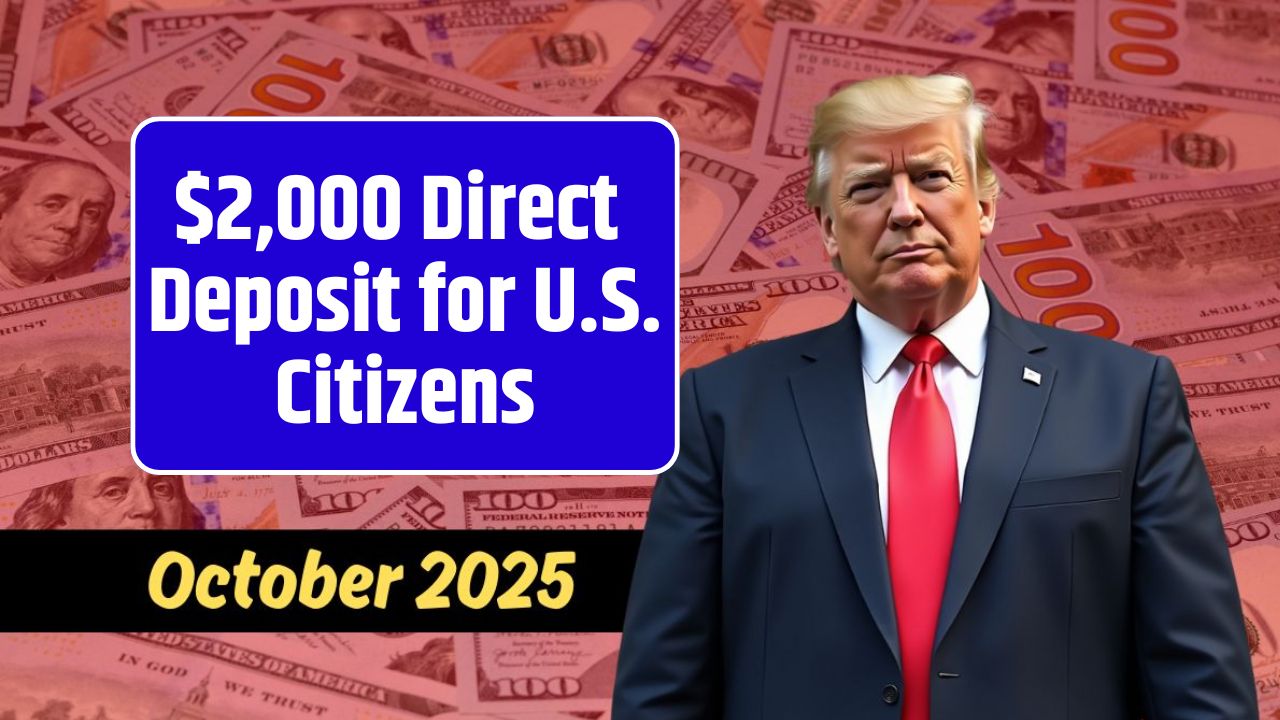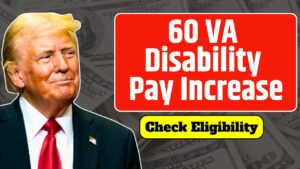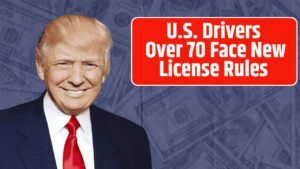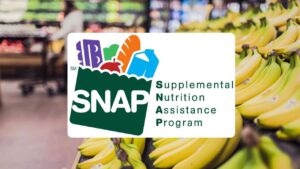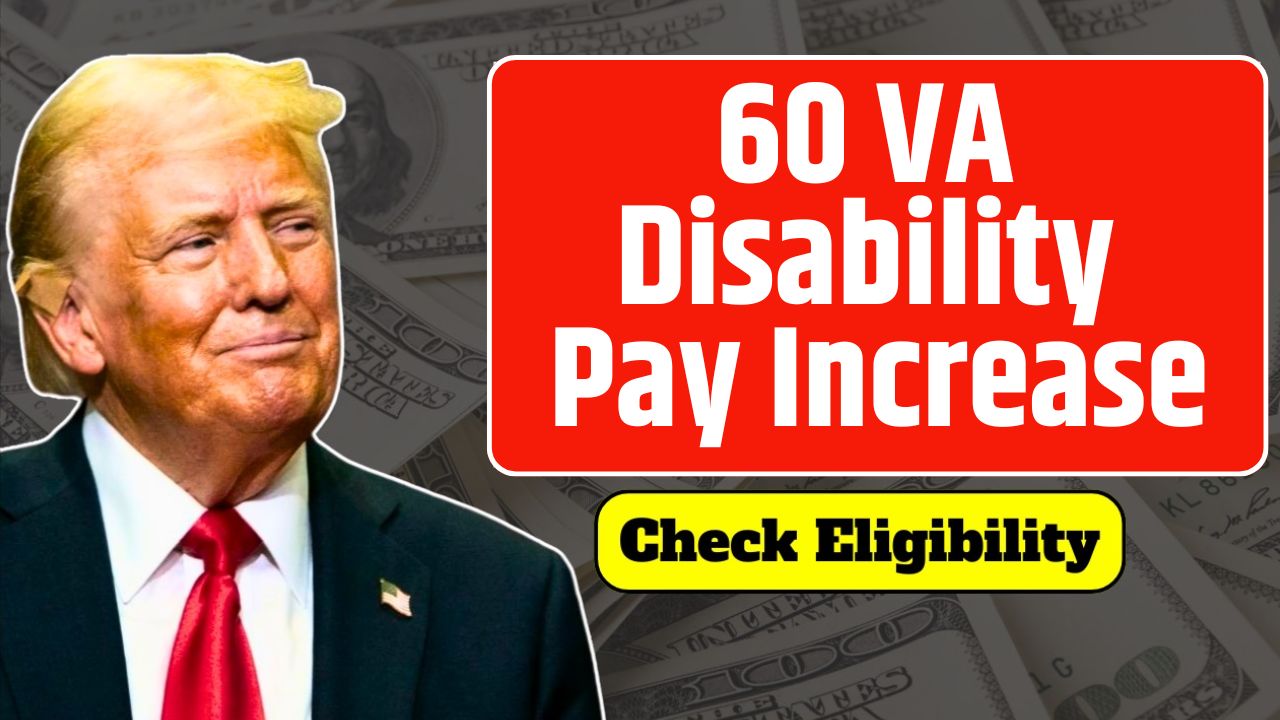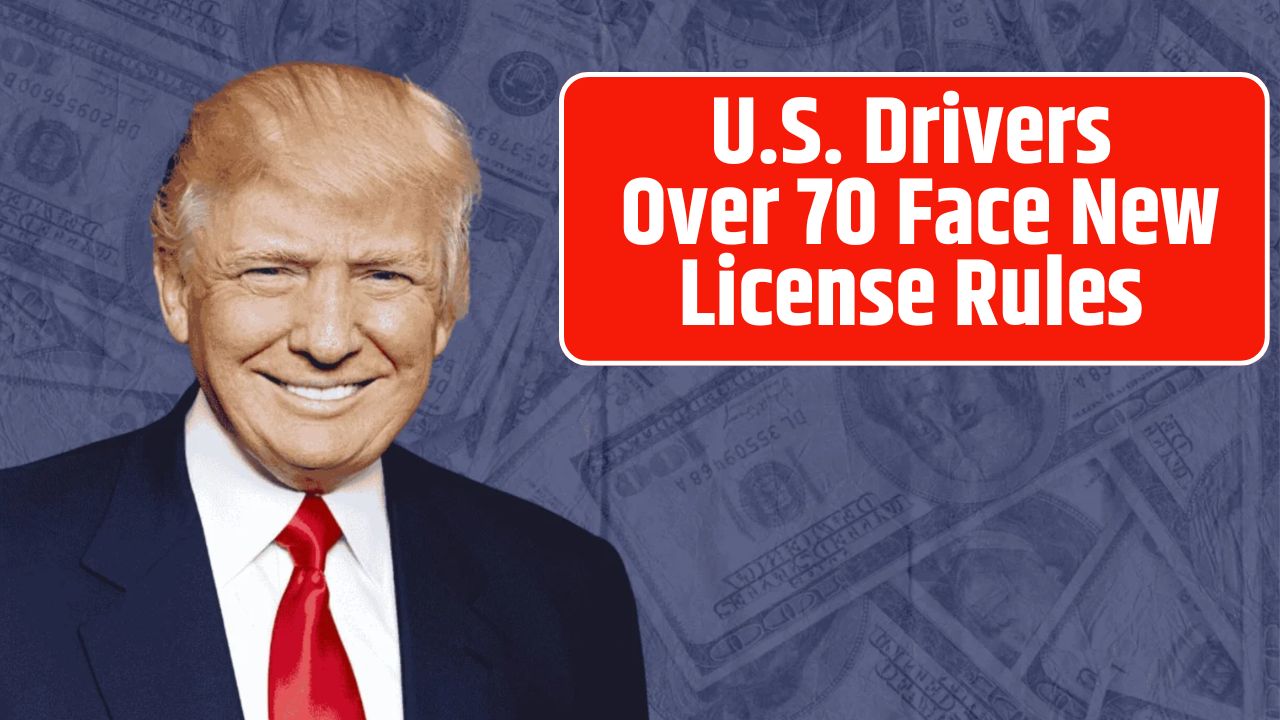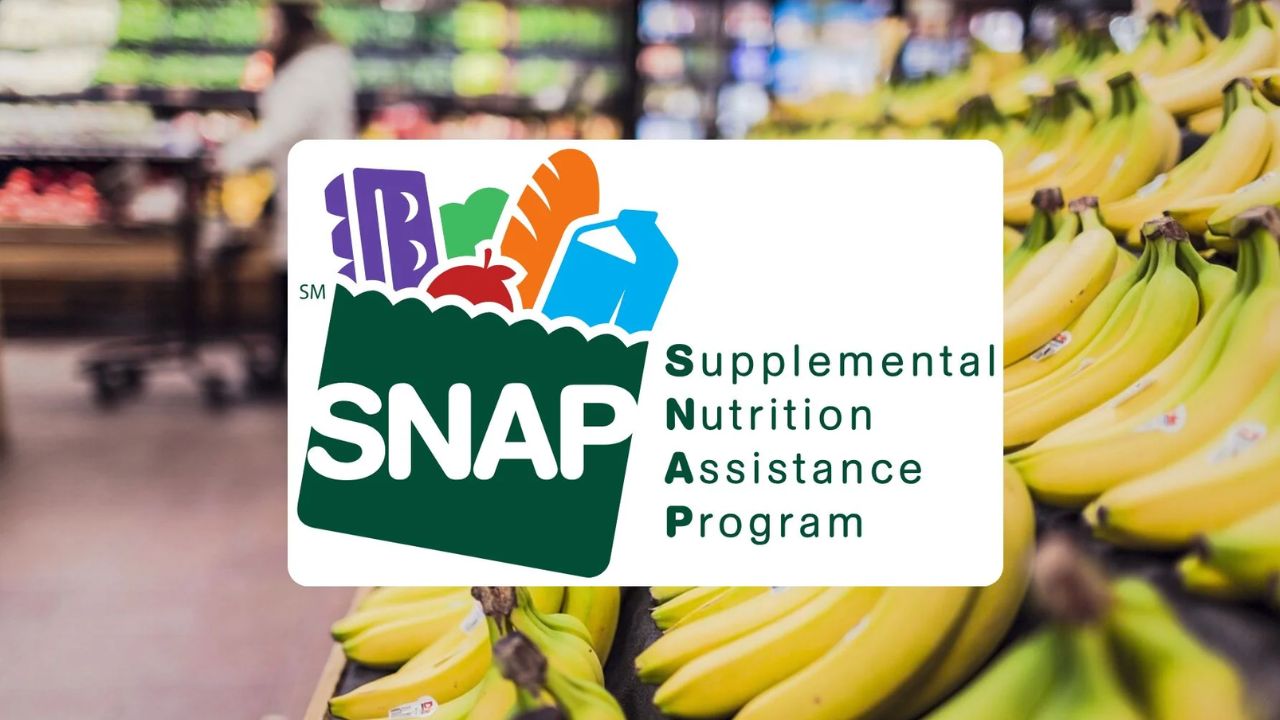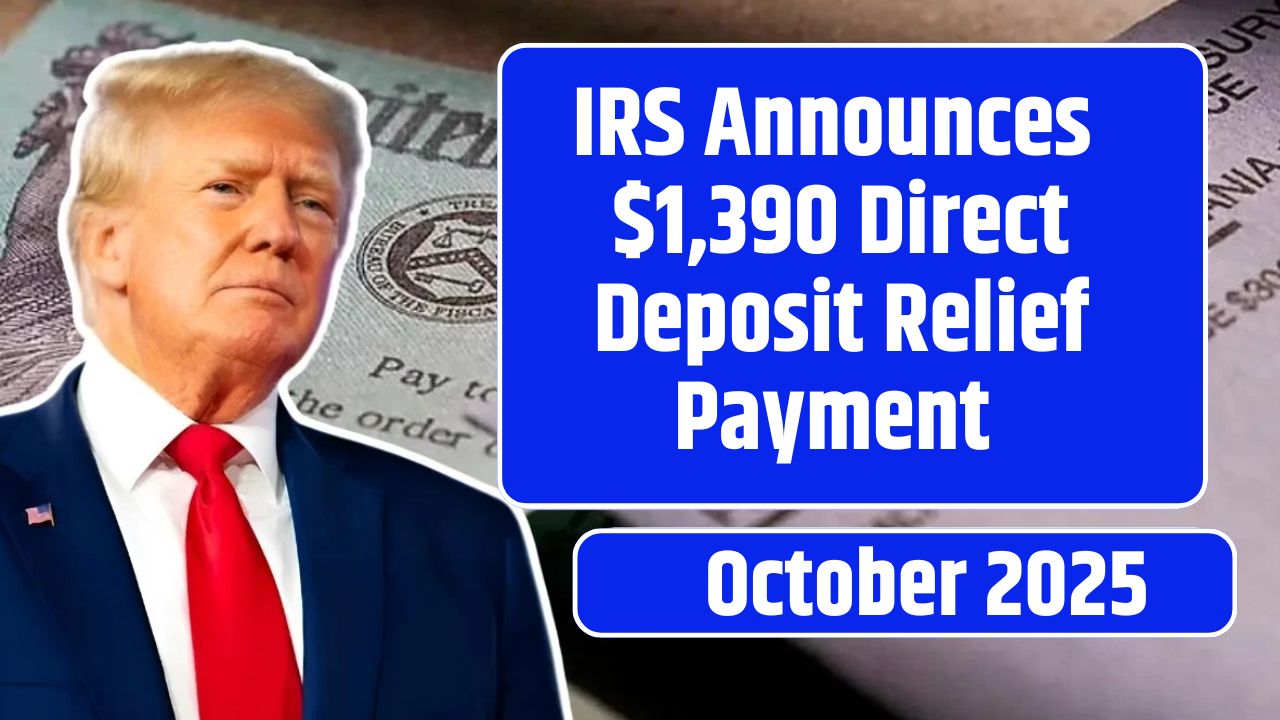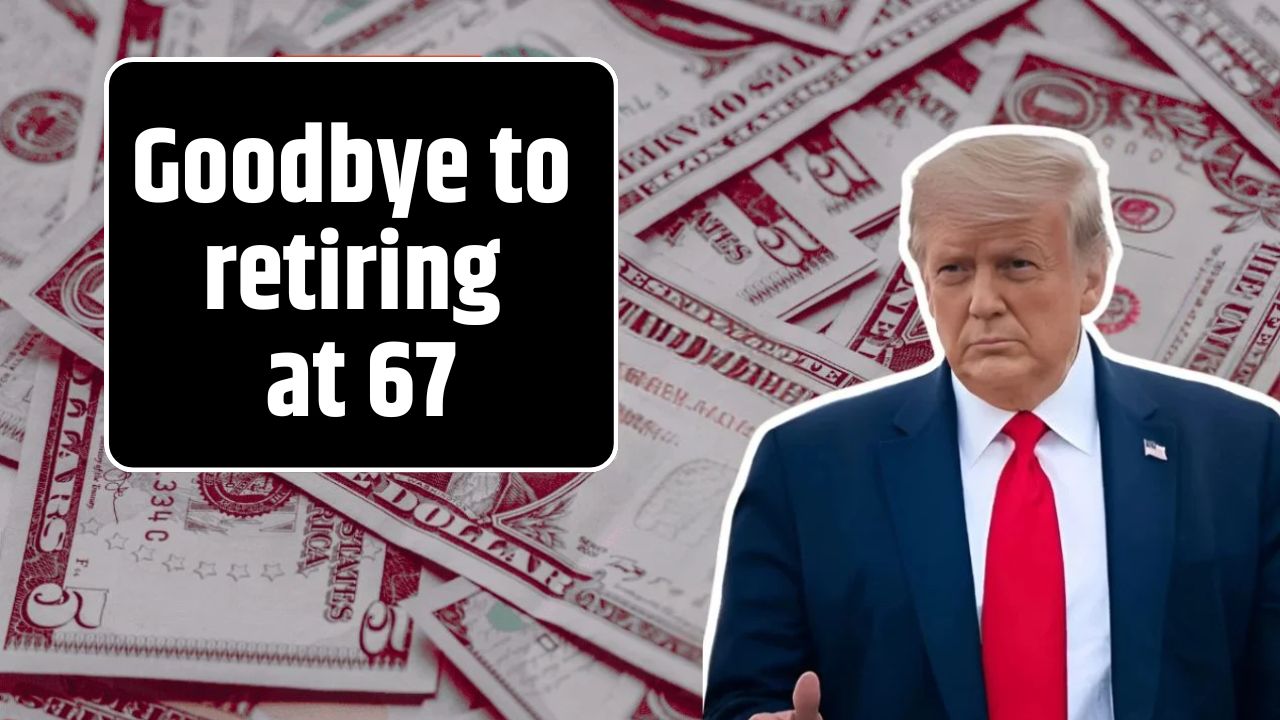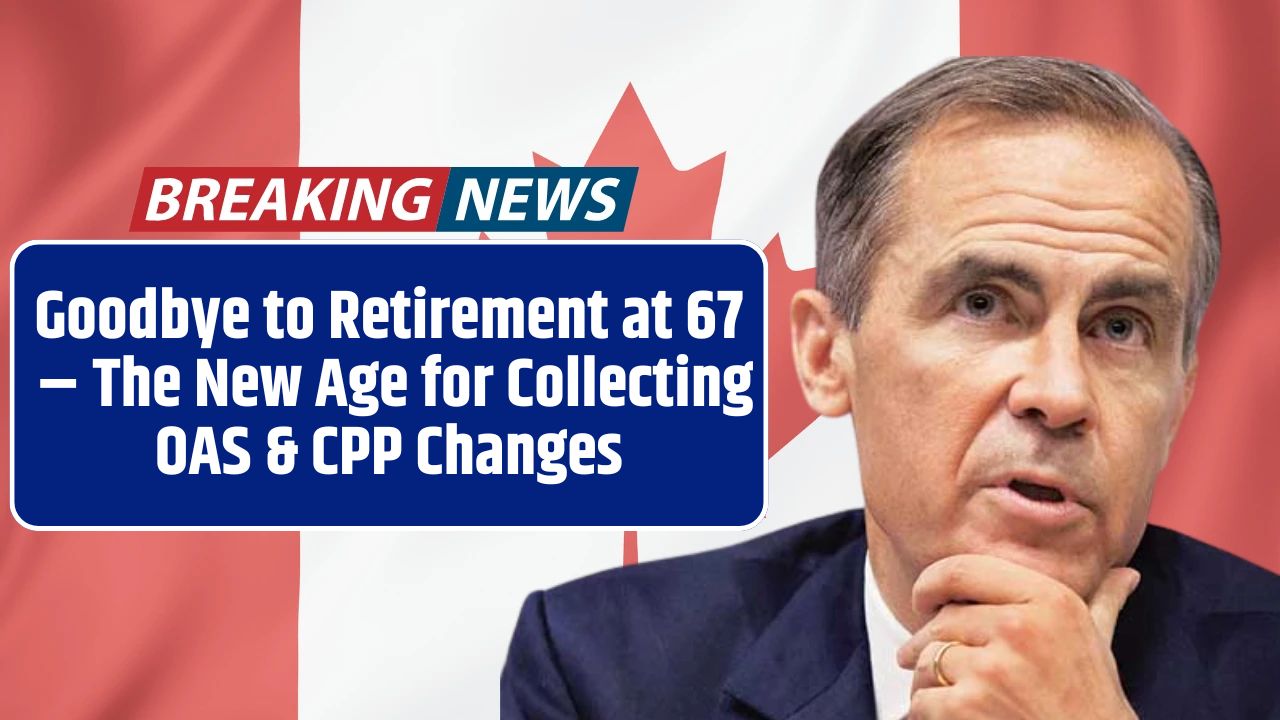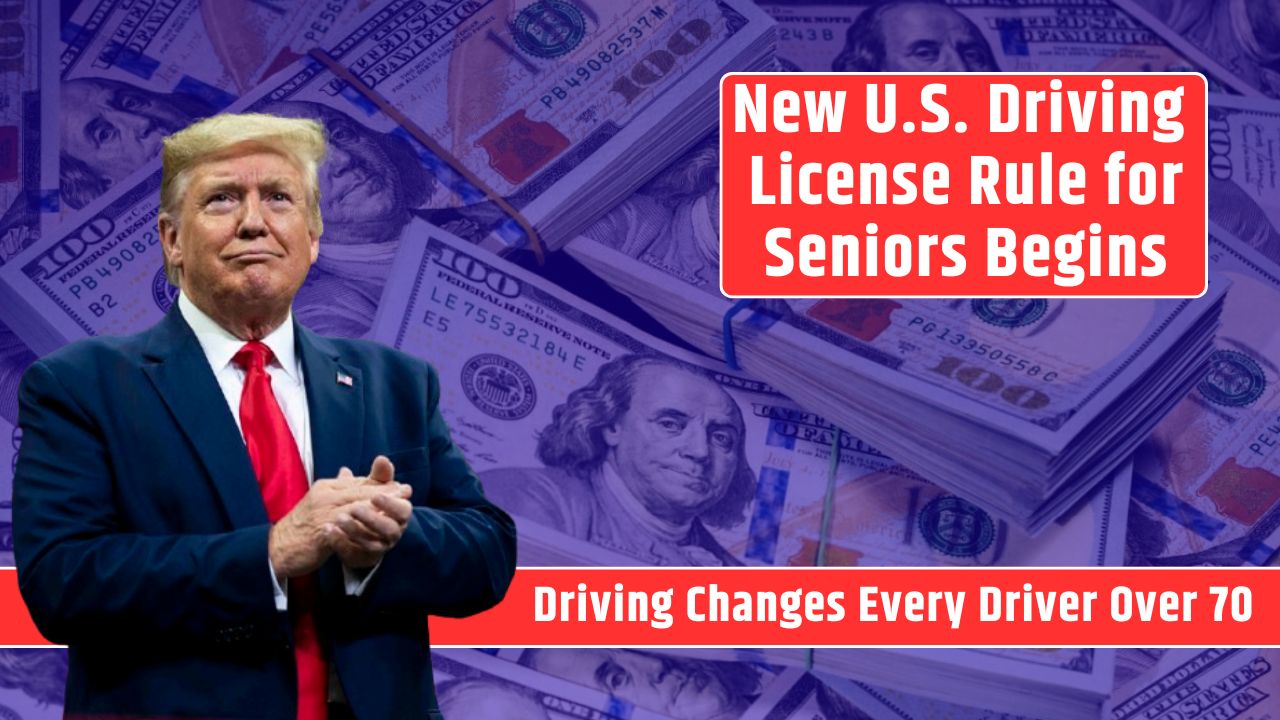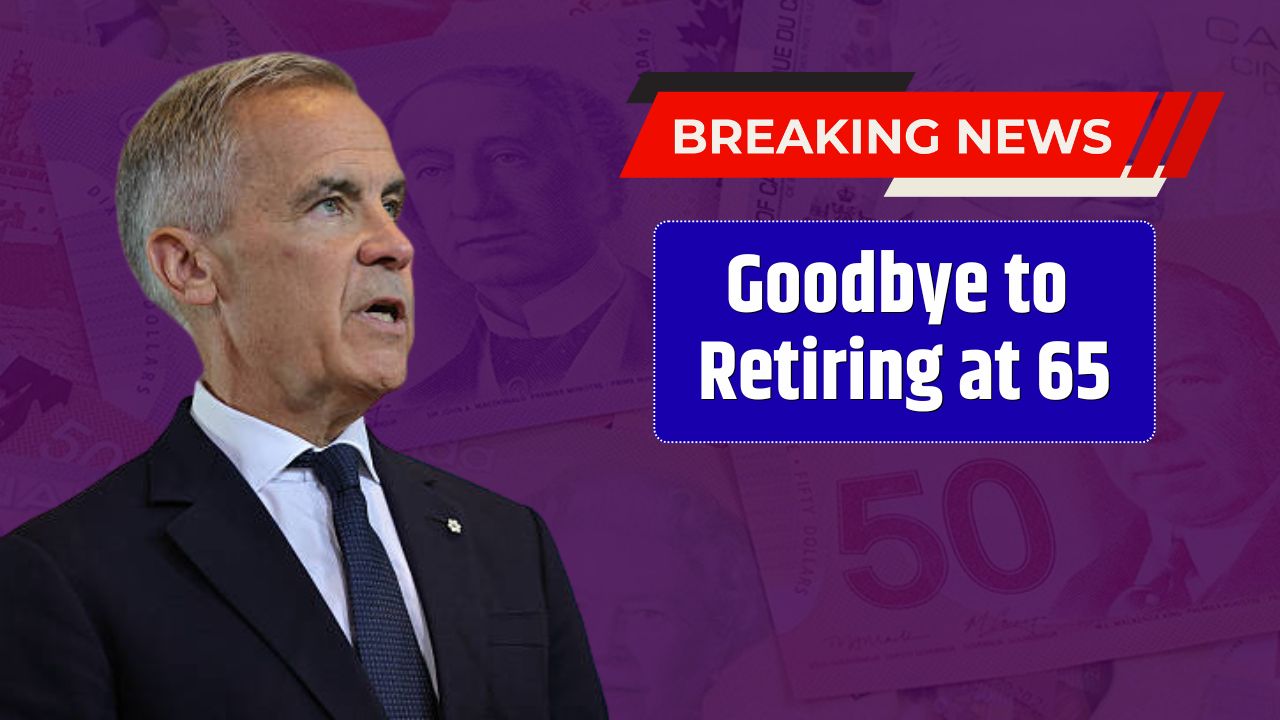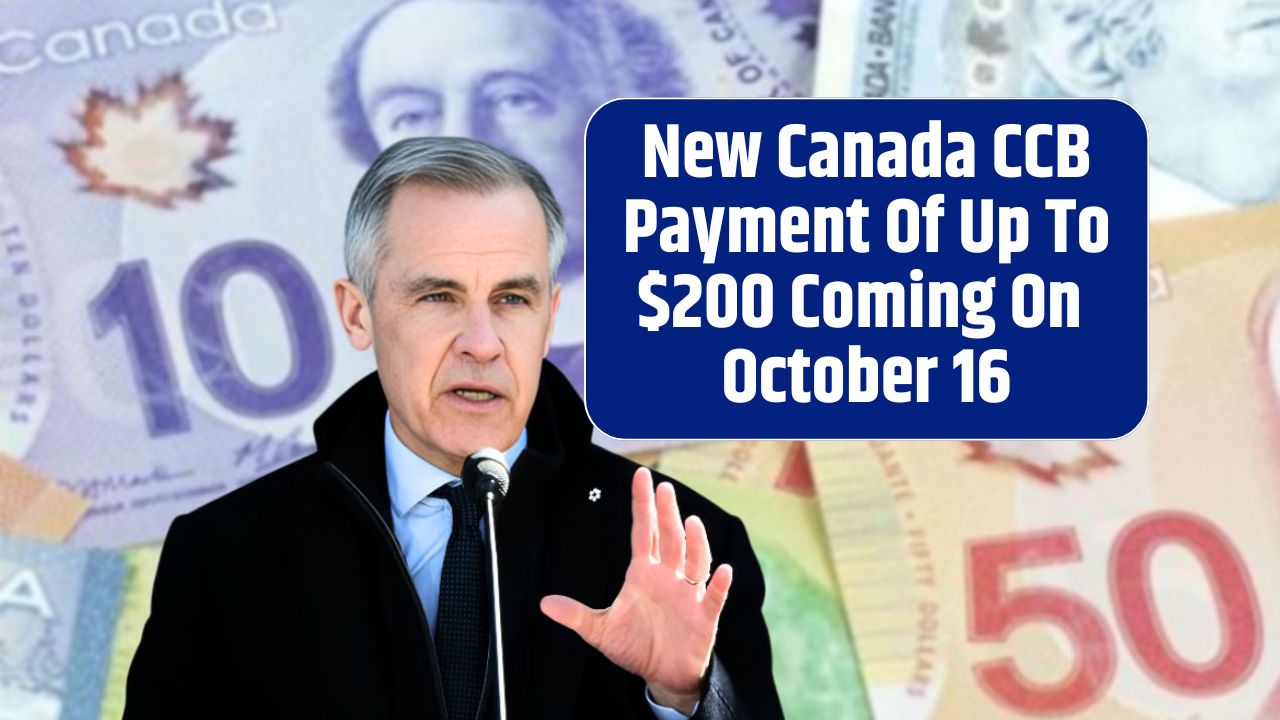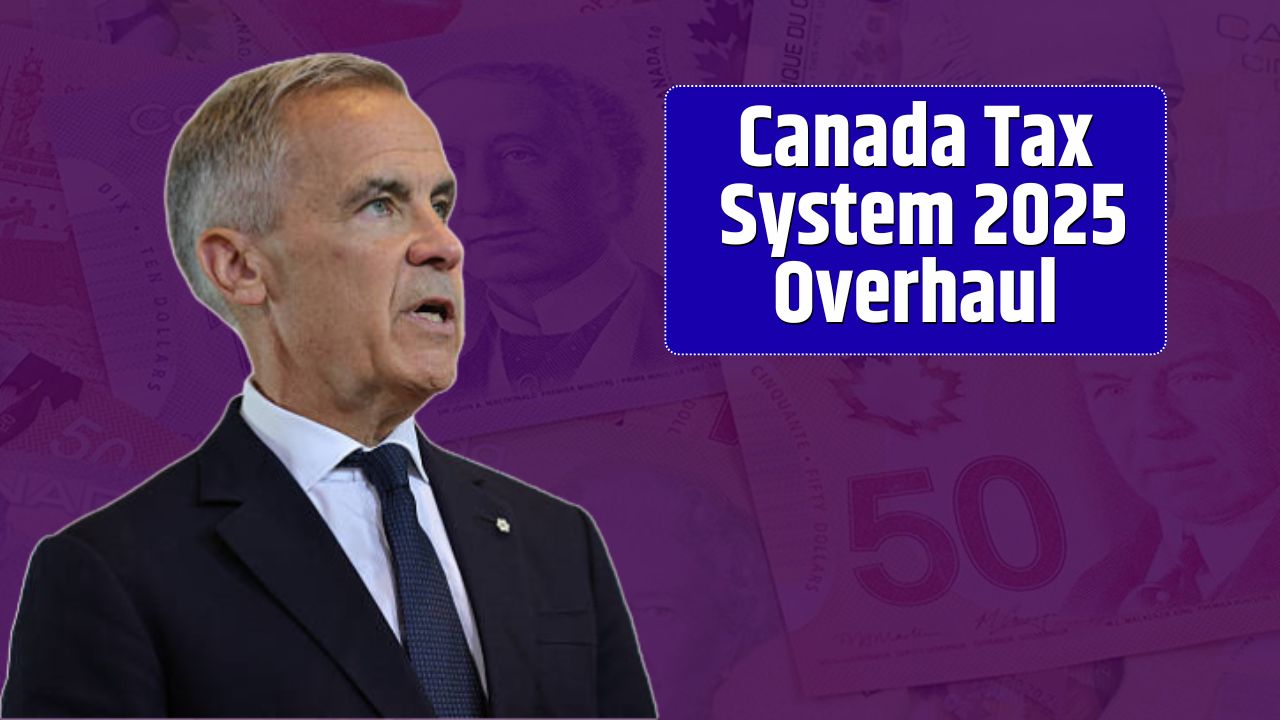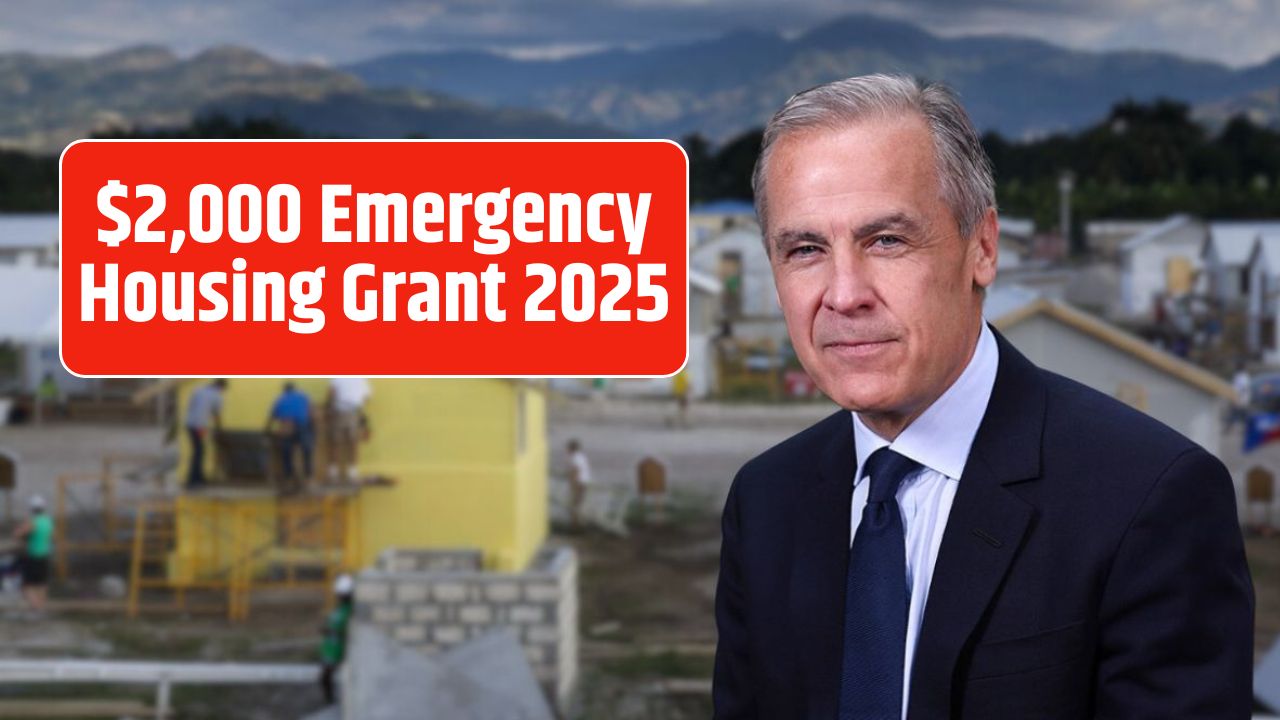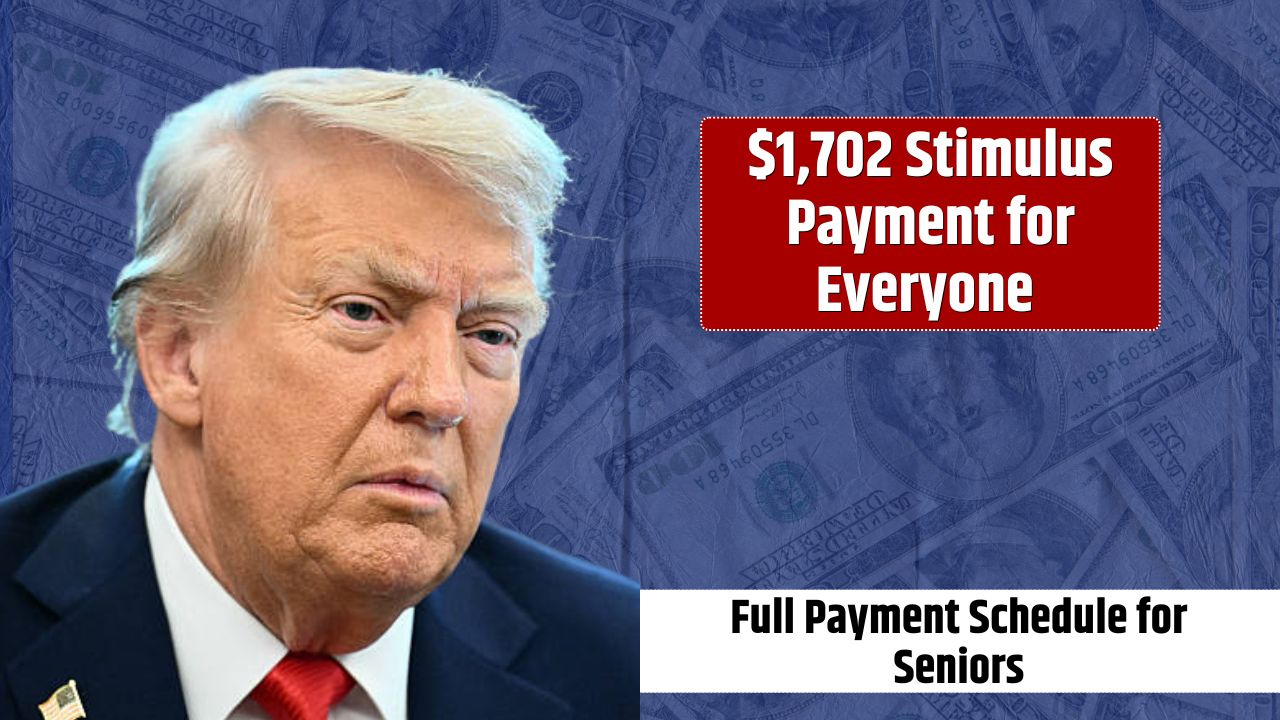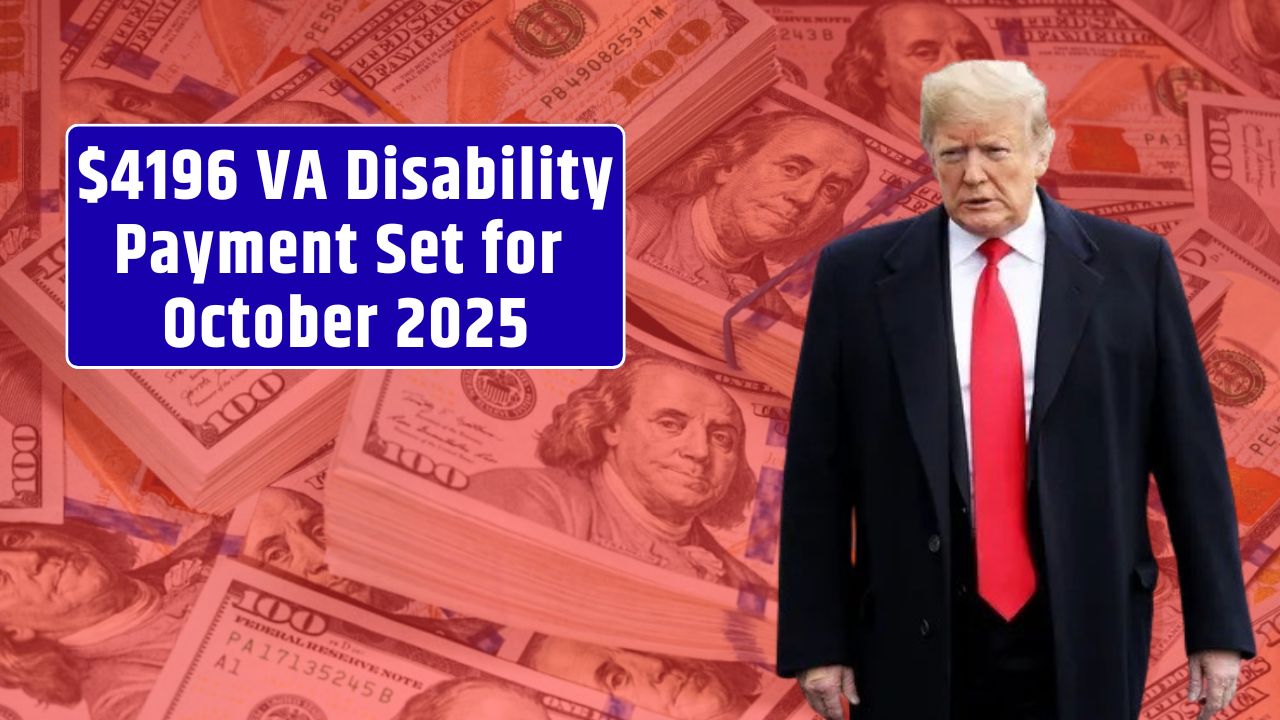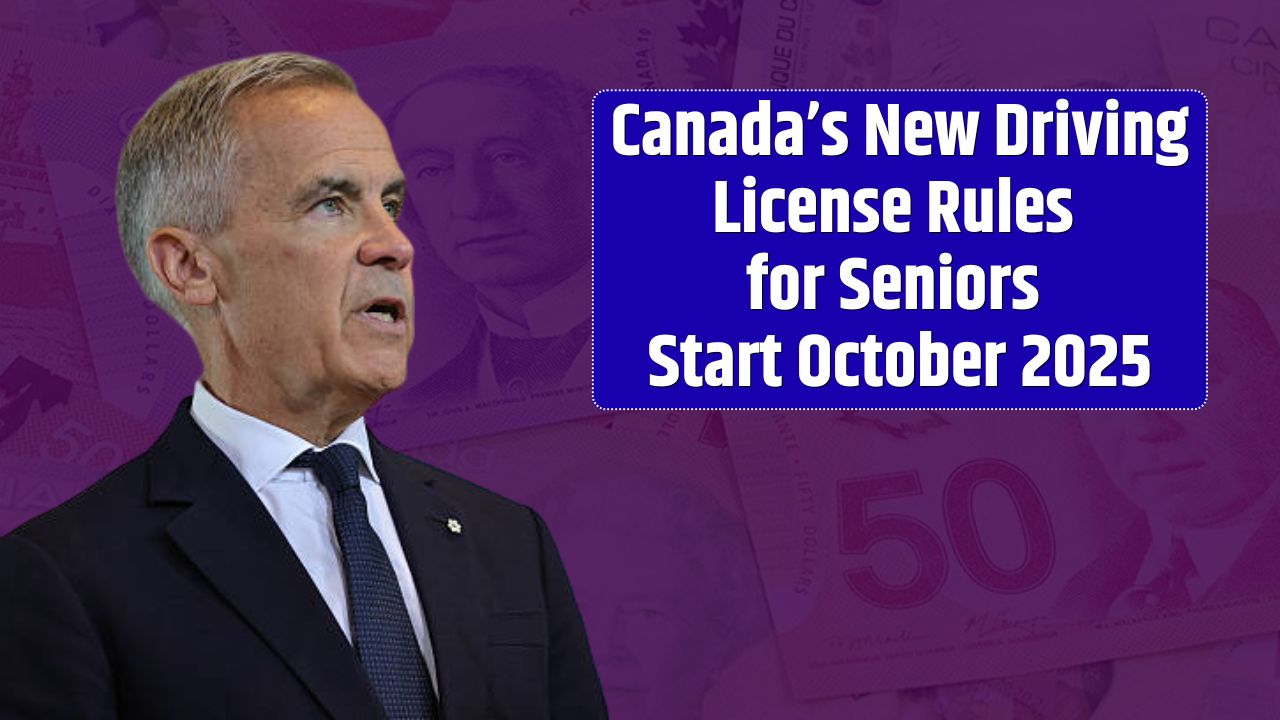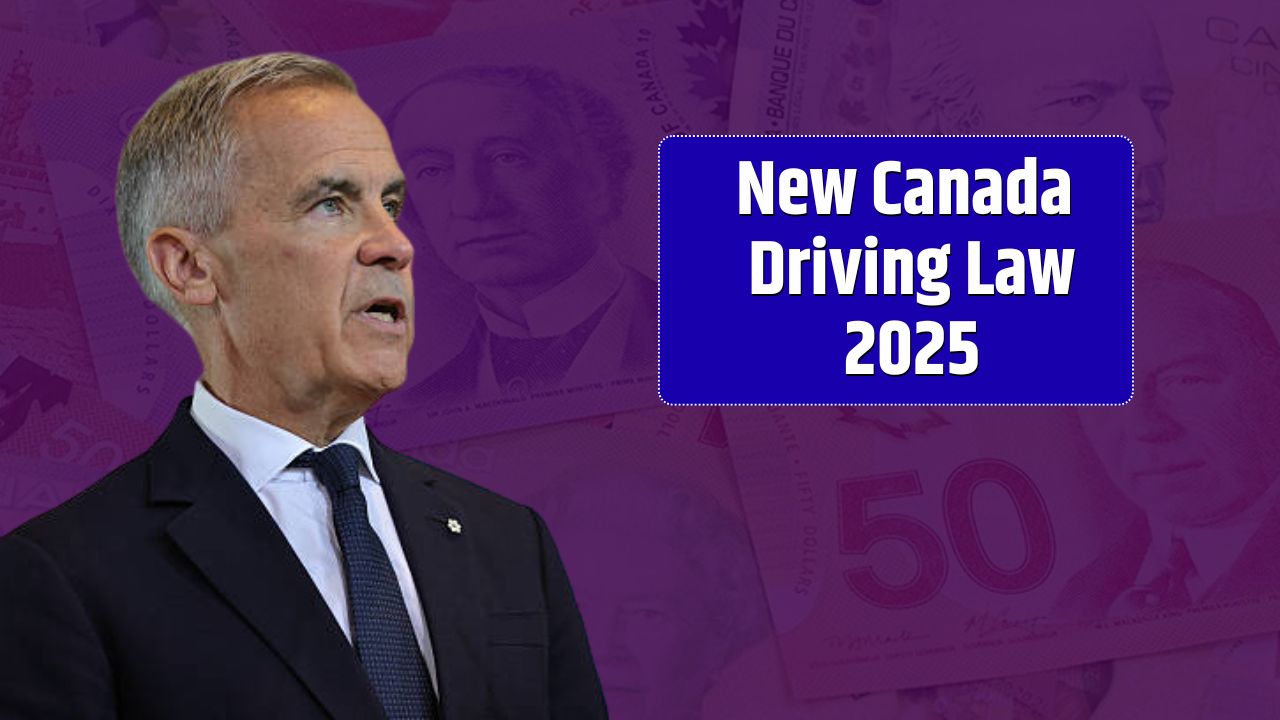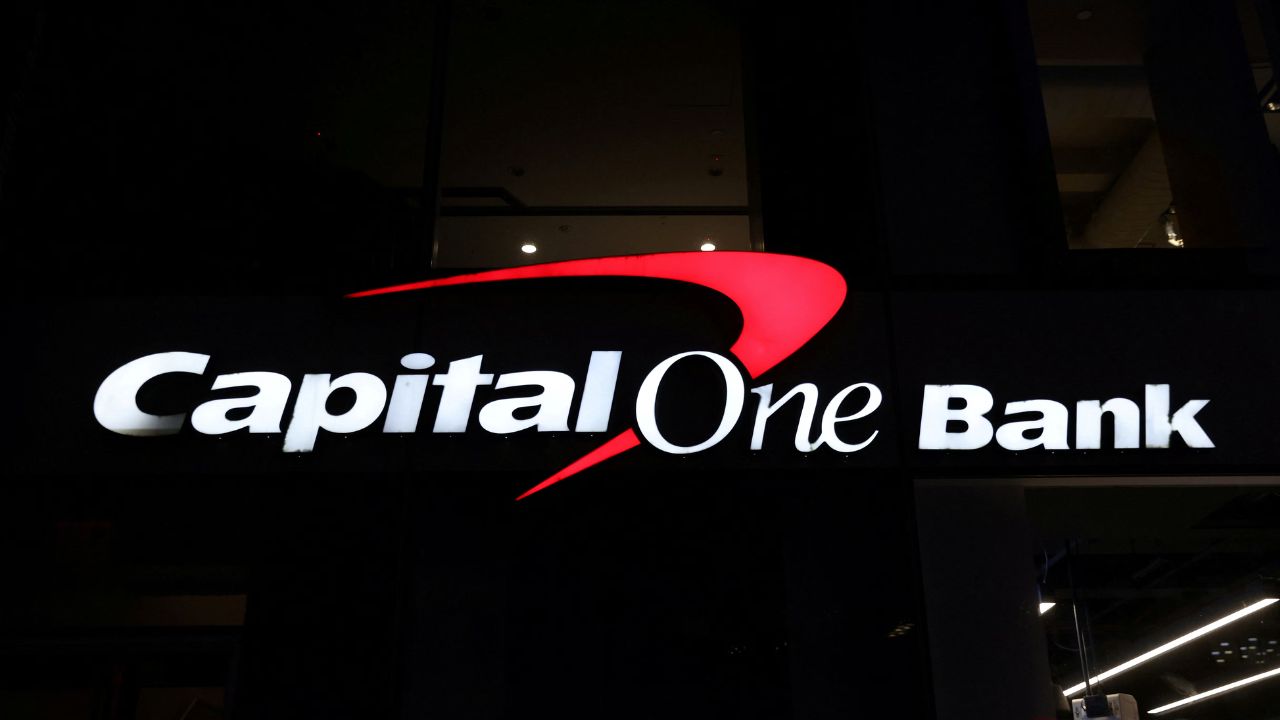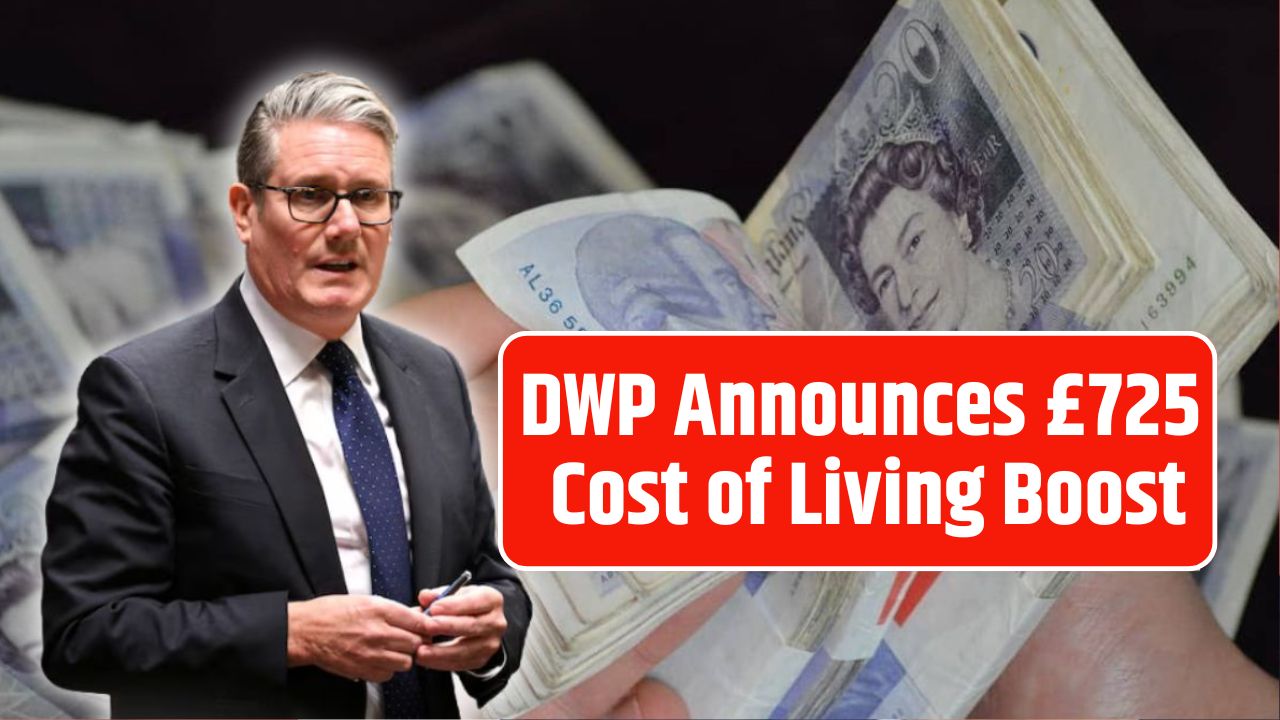The rumor mill has gone into overdrive again — this time over a supposed $2,000 direct deposit from the IRS set to land in Americans’ bank accounts in October 2025. The idea has caught fire on social media, fueled by screenshots, TikToks, and viral Facebook posts claiming “stimulus checks are back.” But before you start refreshing your banking app, let’s get one thing straight: no official confirmation exists (yet) of any new federal $2,000 payment.
Still, there’s a reason so many people are watching this story closely. The cost of living crisis isn’t letting up, and millions of Americans — particularly seniors, veterans, and low-income families — are desperate for relief.
The Truth About the $2,000 “IRS Deposit”
Here’s what’s really happening. The $2,000 payment being discussed online stems from calls by advocacy groups and some members of Congress for new stimulus-style aid in 2025. It’s not part of any current legislation or IRS program.
The IRS, as of mid-October 2025, has issued no statement or policy authorizing another nationwide relief check. You can verify this directly on IRS.gov or through official Treasury Department releases.
However, that doesn’t mean all hope is lost. There are several ongoing or proposed relief efforts — both at the state and federal level — that could send targeted payments to certain groups later this year. These include cost-of-living adjustments (COLAs) for Social Security, expanded tax credits, and state-level rebate programs in California, Minnesota, and New York.
Who Might Be Eligible If It Happens
If Congress or the Treasury green-lights another round of direct payments, eligibility would likely mirror earlier stimulus programs such as those from 2020–2021. That means the following groups would likely qualify:
| Filing Status | Full Payment Threshold | Partial Payment Phase-Out |
|---|---|---|
| Single | Up to $75,000 | Ends at $99,000 |
| Married Filing Jointly | Up to $150,000 | Ends at $198,000 |
| Head of Household | Up to $112,500 | Ends at $136,500 |
Also likely to qualify automatically:
- Social Security (SSA), Supplemental Security Income (SSI), Social Security Disability Insurance (SSDI) recipients
- Veterans Affairs (VA) benefit recipients
- Low- to moderate-income individuals who file a 2024 tax return or receive federal assistance
For seniors, veterans, and those receiving monthly federal benefits, payments would be sent through the same system used for regular benefits — typically direct deposit into the account already on file.
Possible Payment Schedule (If Approved)
If the program gets congressional approval, it could resemble this kind of rollout (based on prior IRS distribution patterns):
| Group | Estimated Deposit Window | Payment Method |
|---|---|---|
| Social Security, SSI, SSDI, VA | Oct 14–21, 2025 | Direct deposit |
| General taxpayers (w/ updated banking info) | Oct 22–31, 2025 | Direct deposit |
| Non-direct deposit filers | Early November 2025 | Paper checks / debit cards |
Again — this timeline is speculative, modeled on how past stimulus programs were distributed.
How to Stay Eligible and Avoid Delays
If another round of federal relief is authorized, you can save yourself headaches later by ensuring your information is current with the IRS or SSA:
- File your 2024 tax return — even if your income is minimal or non-taxable. The IRS uses this to confirm your eligibility.
- Update your direct deposit details on file through the IRS or Social Security online portals.
- Keep your mailing address up to date for paper check delivery.
- Watch official updates via www.irs.gov/news — not social media “leaks.”
- Ignore scams claiming you can “claim your $2,000 early.” The IRS never emails or texts links to apply for payments.
Why the Rumor Caught Fire
It’s not hard to see why the story went viral. Inflation has cooled somewhat, but prices remain stubbornly high. Groceries are up nearly 25% compared to 2020, according to U.S. Bureau of Labor Statistics, and rent has outpaced wage growth in nearly every major city.
Fixed-income seniors and families relying on Social Security or SNAP are particularly vulnerable — a one-time $2,000 check could mean catching up on bills or keeping the lights on before the holidays. The demand for relief is real, even if the policy isn’t (yet).
How to Spot Real vs. Fake Stimulus News
With misinformation spreading like wildfire online, here’s how to stay on the right side of truth:
- Check the source: Only trust updates from IRS.gov, SSA.gov, or reputable outlets like Reuters or CNBC.
- Ignore social media “officials” claiming insider knowledge.
- Watch for domain scams — real government websites end in “.gov.”
- Never pay fees or click links promising early access to checks.
What Relief Is Coming in 2025
Even if a federal $2,000 deposit doesn’t materialize, several programs are still offering support:
- Social Security COLA: A 3.2% increase takes effect January 2025, automatically adjusting benefits.
- Child Tax Credit (CTC): Discussions continue in Congress to expand refundable credits for working parents.
- Energy and rent rebates: States including California, Colorado, and New Jersey have ongoing rebate or relief schemes.
- Low-Income Energy Assistance Program (LIHEAP): Available nationwide for heating and utility costs.
You can check your eligibility for federal and state programs through benefits.gov.
FAQs:
Is the $2,000 IRS direct deposit confirmed for October 2025?
No. As of now, no federal law or IRS announcement confirms any new stimulus payment.
Could there still be a payment later in 2025?
Possibly, if Congress approves a new relief bill. Until then, it remains speculative.
Who would qualify if the payment were approved?
Likely taxpayers under income thresholds ($75,000 single, $150,000 married), and Social Security or VA beneficiaries.
